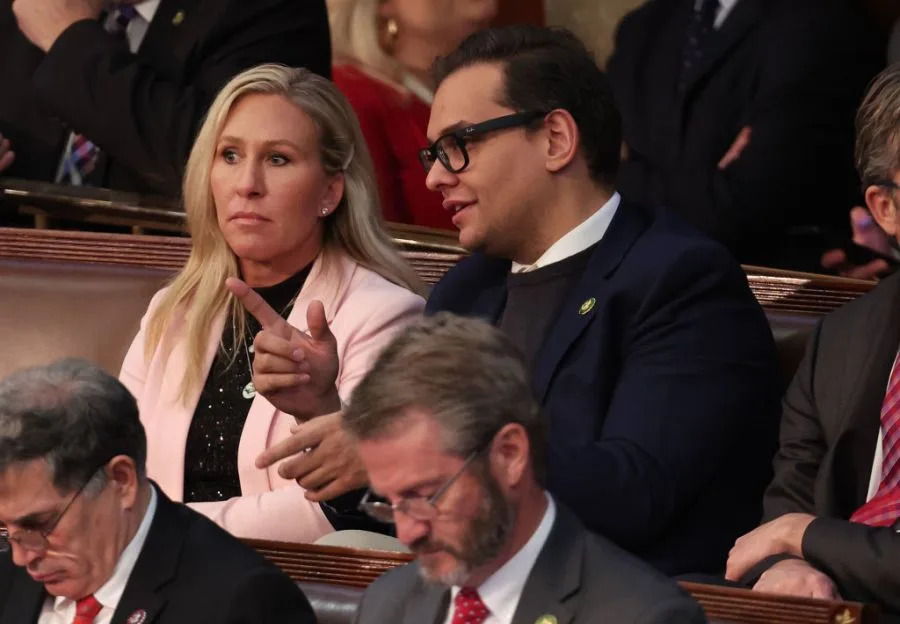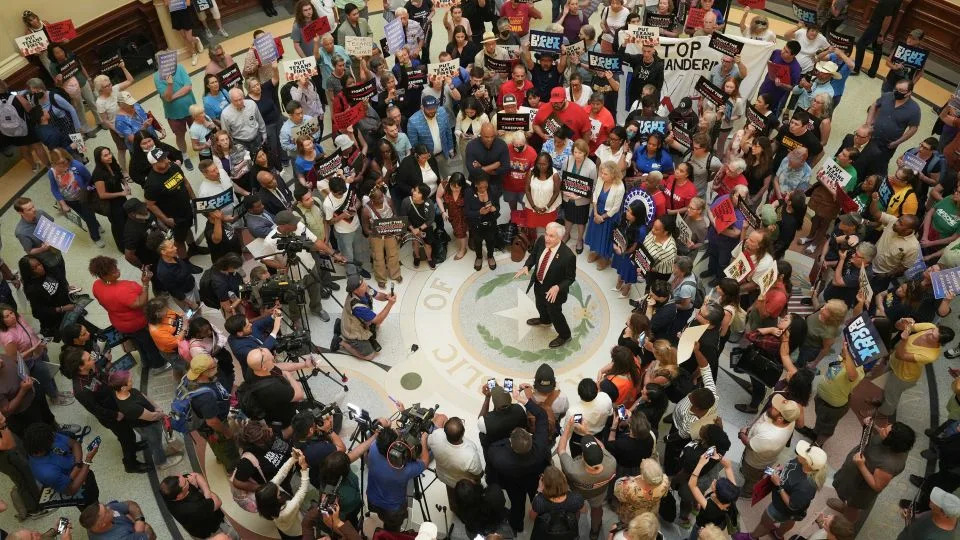For those who recognize the reality of the climate crisis, it’s been a difficult week. On Tuesday, for example, Lee Zeldin, the head of Donald Trump’s Environmental Protection Agency, appeared on a conservative podcast and announced that the Republican administration is moving ahead with a radical anti-climate plan.
As NBC News reported, Team Trump and its EPA wants to revoke “a scientific finding that has long been the central basis for U.S. action to regulate greenhouse gas emissions and fight climate change,” rescinding a 2009 endangerment finding “that determined that carbon dioxide and other greenhouse gases endanger public health and welfare.”
The New York Times added, “Without the endangerment finding, the E.P.A. would be left with no authority under the Clean Air Act to regulate the greenhouse gas emissions that are accumulating in the atmosphere from the burning of fossil fuels.”
This move came on the heels of Trump’s Department of Energy releasing a related report that not only downplayed the threats posed by the planetary emergency, it also suggested, incorrectly, that efforts to address the crisis would be counterproductive.
On the surface, the obvious problem with the Energy Department’s report was its radical rejection of the scientific consensus, which is bolstered by overwhelming evidence from scholars and researchers from around the world. The less-obvious problem is that the document appears to have misrepresented the scientific research is relied on to draw its conclusions. NOTUS reported that “at least 10” of the scientists referenced in the report said their work had been distorted.
‘This is a serious misuse of my research,’ said James Rae, a climate researcher at the University of St. Andrews, about the report’s interpretation of his work. ‘As I hope you can see, it was taken out of context,’ said Sukyoung Lee, an atmospheric scientist at Pennsylvania State University, about the report’s use of her research. Another researcher said the report included ‘erroneous’ fire data. The ‘chart and text are highly misleading and includes data that should not be plotted in a scientific report,’ said Jennifer Marlon, climate science researcher at Yale University about the section of the review that included her research. ‘To do so is manipulative and goes against all standard scientific norms and practice.’
Gernot Wagner, a climate economist at Columbia University, called the agency’s work “shoddy,” adding, “This is not how science is supposed to work.”
If this sounds at all familiar, it’s because this isn’t the first incident of its kind. In fact, it was just two months ago when Trump’s White House and Department of Health and Human Services unveiled “The MAHA Report: Making Our Children Healthy Again,” which, as NOTUS also discovered, was filled with faulty references to scientific research, in some cases even citing studies that don’t exist.
After the incident, it stood to reason that administration officials might want to take greater care. Evidently, the Department of Energy failed to learn the lesson.
As for why this matters, the problem is not just that Team Trump obviously can’t be trusted to present accurate information to the public. NOTUS’ new report added:
These mischaracterizations could have far-reaching implications should this report be finalized on the Federal Register. The administration’s review could eventually be used as the evidentiary basis for undoing the last 15 years of federal climate policy. The Trump administration’s efforts to take apart every rule that sets limits on greenhouse gas emissions are expected to face court challenges. Should it reach that point, the administration will likely need to show that it seriously considered the scientific evidence.
It’s a safe bet we haven’t heard the last of this one. Watch this space.
This article was originally published on MSNBC.com








Comments